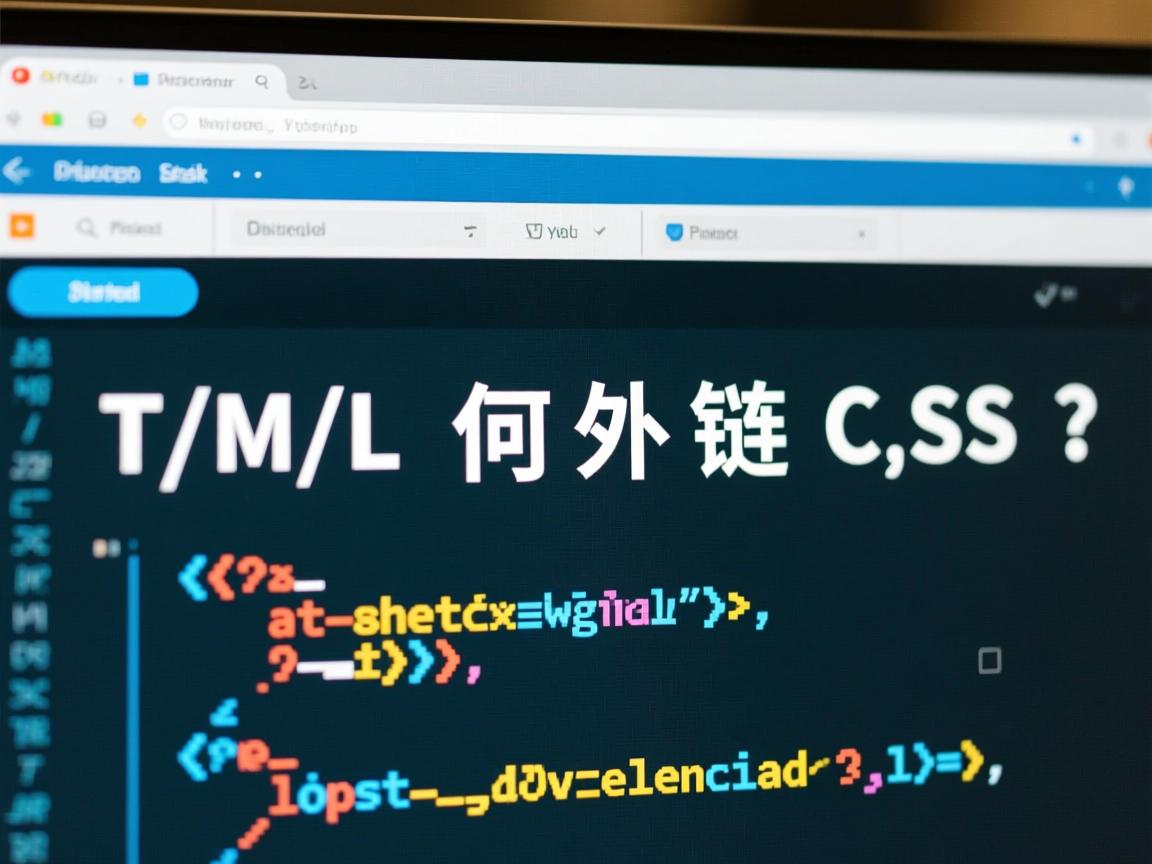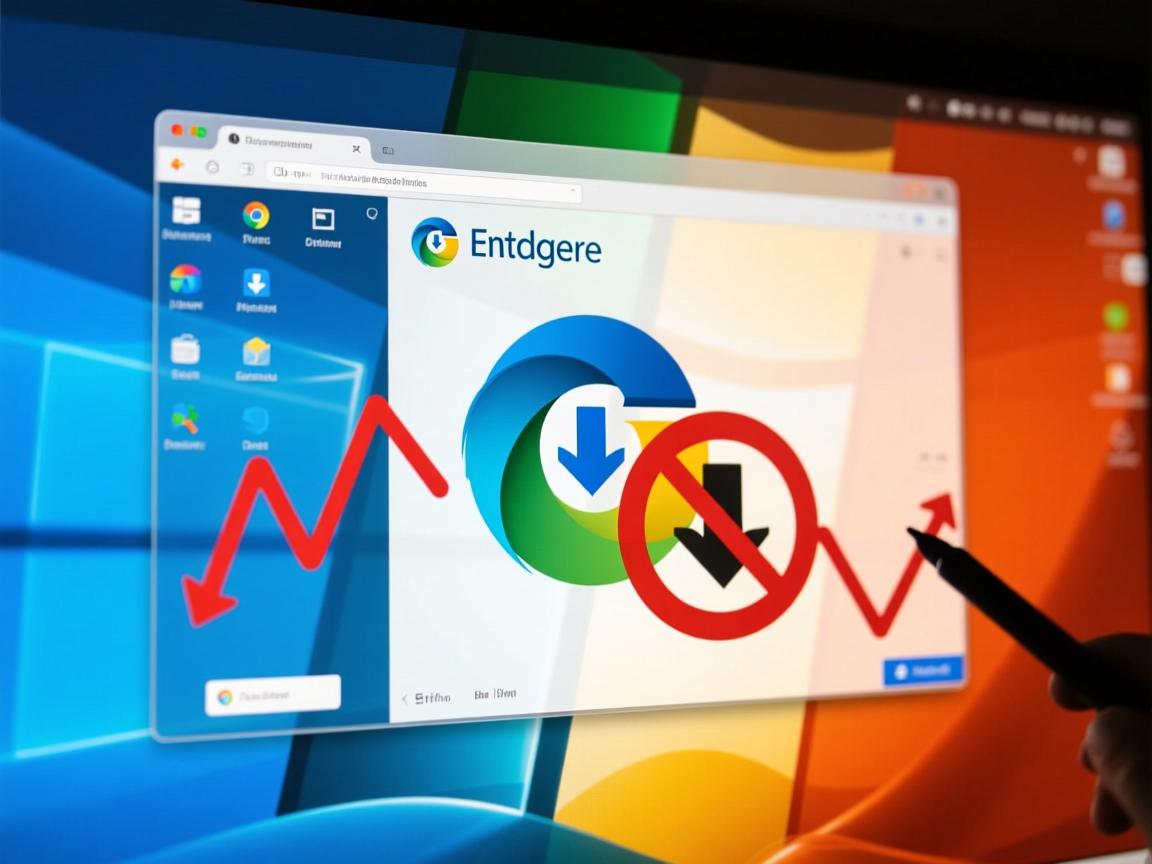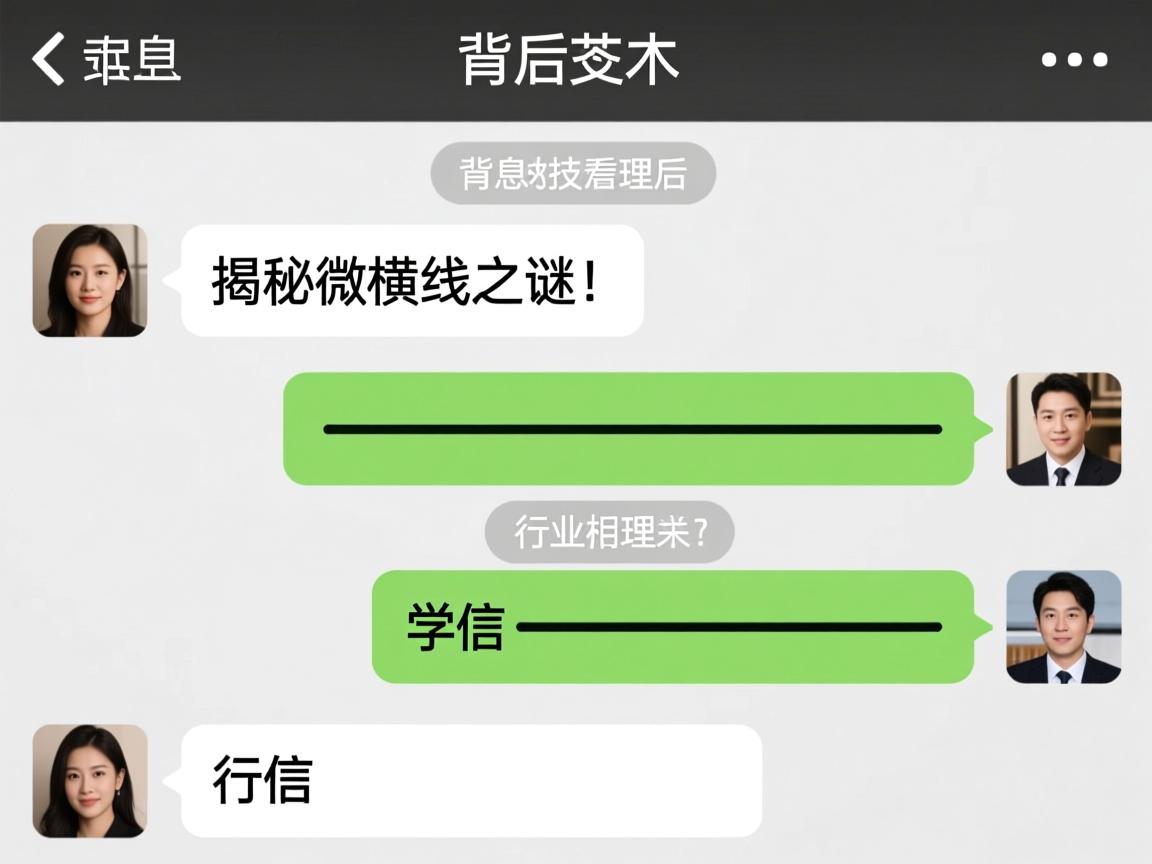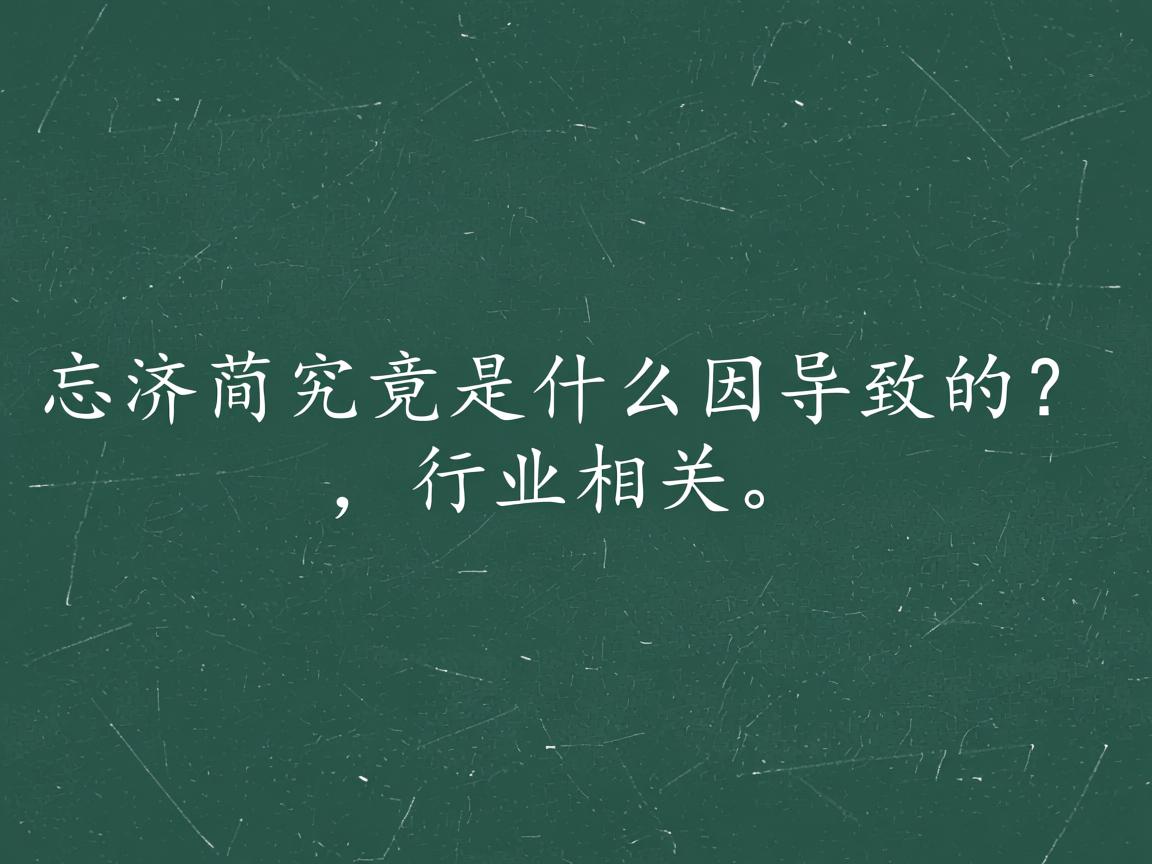上一篇
HTML如何引入CSS样式?
- 前端开发
- 2025-06-11
- 2971
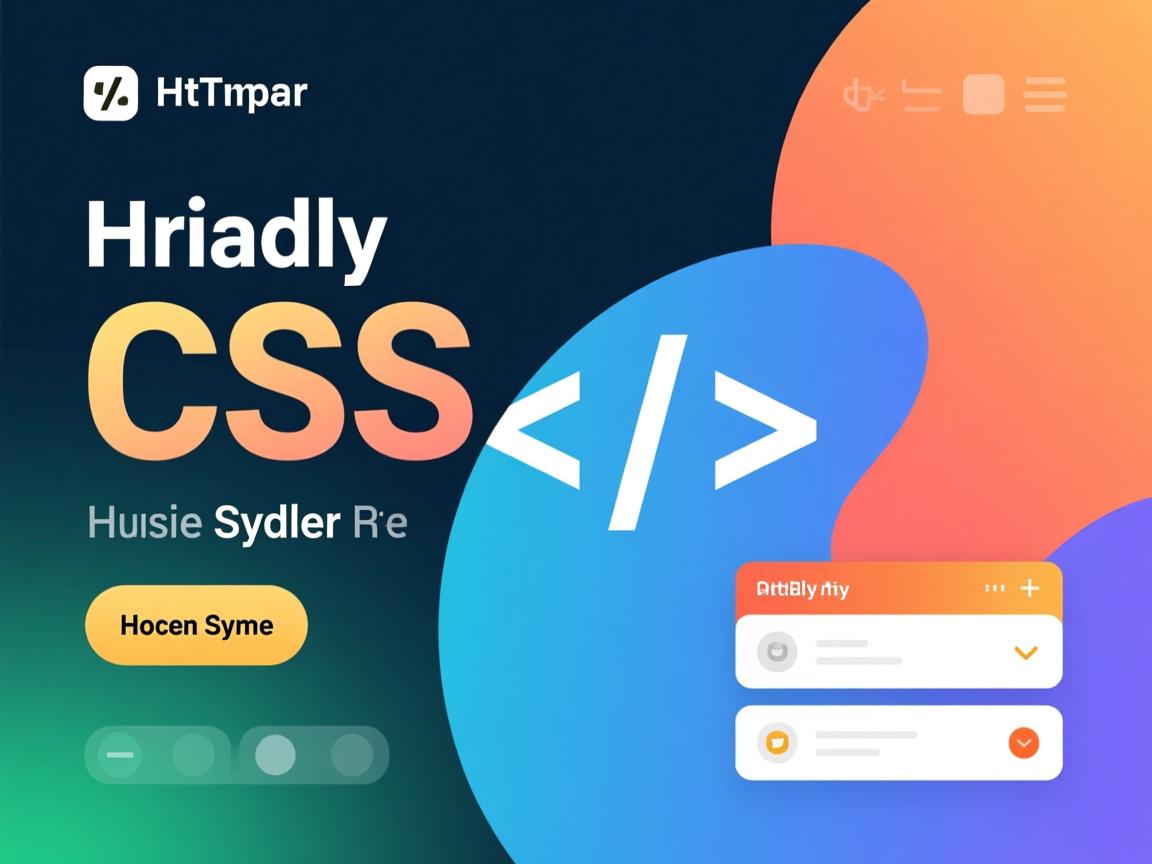
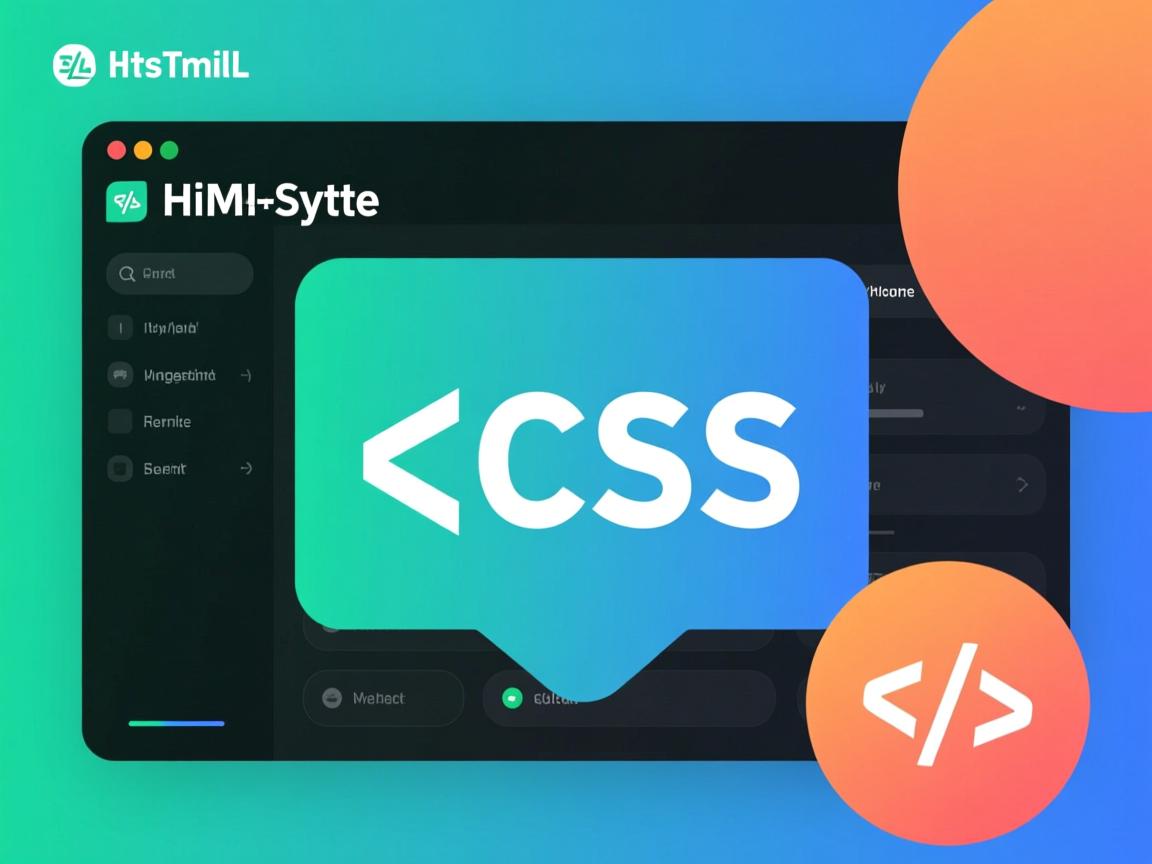
在HTML中引入样式主要有三种方式:内联样式(style属性)、内部样式表(style标签)和外部样式表(link引入CSS文件),最常用的是通过link标签链接外部CSS文件,实现结构与样式分离。
<style>
.article-container {
max-width: 800px;
margin: 0 auto;
padding: 20px;
font-family: 'Segoe UI', Tahoma, Geneva, Verdana, sans-serif;
line-height: 1.6;
color: #333;
}
.code-block {
background: #f8f9fa;
border-left: 4px solid #4CAF50;
padding: 15px;
margin: 20px 0;
overflow-x: auto;
border-radius: 0 4px 4px 0;
}
h3 {
color: #2c3e50;
border-bottom: 2px solid #eee;
padding-bottom: 10px;
margin-top: 30px;
}
.comparison-table {
width: 100%;
border-collapse: collapse;
margin: 25px 0;
}
.comparison-table th {
background: #4CAF50;
color: white;
text-align: left;
padding: 12px;
}
.comparison-table td {
border: 1px solid #ddd;
padding: 12px;
}
.comparison-table tr:nth-child(even) {
background-color: #f9f9f9;
}
.best-practice {
background: #e8f5e9;
padding: 15px;
border-radius: 4px;
margin: 20px 0;
}
.reference-note {
font-size: 0.9em;
color: #666;
margin-top: 40px;
padding-top: 10px;
border-top: 1px solid #eee;
}
</style>
<div class="article-container">
<p>在网页开发中,HTML负责内容结构,而CSS控制视觉呈现,将样式引入HTML是构建现代网页的核心技术,直接影响用户体验和网站性能,以下是三种主流引入方式及其专业实践:</p>
<h3>一、内联样式(行内样式)</h3>
<p>直接在HTML元素的<code>style</code>属性中定义CSS规则:</p>
<div class="code-block">
<pre><h1 style="color: #2c3e50; font-size: 2.5rem; margin-bottom: 20px;">标题文本</h1>
<p style="line-height: 1.6; text-align: justify;">段落内容...</p></pre>
</div>
<p><strong>适用场景</strong>:快速测试、动态样式修改(通过JavaScript)或个别元素特殊样式。</p>
<h3>二、内部样式表(文档头部嵌入)</h3>
<p>在<code><head></code>标签内使用<code><style></code>标签集中定义样式:</p>
<div class="code-block">
<pre><head>
<style>
body {
font-family: 'Segoe UI', sans-serif;
margin: 0;
padding: 20px;
}
.container {
max-width: 1200px;
margin: 0 auto;
}
</style>
</head></pre>
</div>
<p><strong>适用场景</strong>:单页面项目、小型网站或需要减少HTTP请求的场景。</p>
<h3>三、外部样式表(最佳实践)</h3>
<p>通过<code><link></code>标签引入独立CSS文件(推荐方式):</p>
<div class="code-block">
<pre><head>
<link rel="stylesheet" href="styles/main.css">
</head></pre>
</div>
<p>在<code>main.css</code>文件中:</p>
<div class="code-block">
<pre>/* 全局样式 */
body {
font-size: 16px;
color: #333;
}
/* 组件样式 */
.card {
border-radius: 8px;
box-shadow: 0 2px 10px rgba(0,0,0,0.1);
}</pre>
</div>
<p><strong>核心优势</strong>:</p>
<ul>
<li>样式与内容分离,提高可维护性</li>
<li>浏览器缓存优化,加速页面加载</li>
<li>支持模块化开发和团队协作</li>
</ul>
<h3>四、其他引入方式(谨慎使用)</h3>
<p><strong>@import方法</strong>:在CSS文件中导入其他样式表</p>
<div class="code-block">
<pre>/* 在main.css中 */
@import url('reset.css');</pre>
</div>
<p><strong>注意</strong>:此方法会阻塞渲染,影响性能,建议用<code><link></code>替代。</p>
<h3>五、引入方式对比与选择指南</h3>
<table class="comparison-table">
<thead>
<tr>
<th>方式</th>
<th>加载性能</th>
<th>可维护性</th>
<th>适用场景</th>
</tr>
</thead>
<tbody>
<tr>
<td><strong>内联样式</strong></td>
<td> (阻塞渲染)</td>
<td></td>
<td>临时样式、动态样式</td>
</tr>
<tr>
<td><strong>内部样式表</strong></td>
<td></td>
<td></td>
<td>单页应用、小型项目</td>
</tr>
<tr>
<td><strong>外部样式表</strong></td>
<td> (可缓存)</td>
<td></td>
<td>中大型项目、生产环境</td>
</tr>
</tbody>
</table>
<div class="best-practice">
<h3>专业建议与最佳实践</h3>
<ol>
<li><strong>生产环境必用外部样式表</strong>:通过<code><link></code>引入,启用CDN和文件压缩</li>
<li><strong>样式加载优化</strong>:将<code><link></code>置于<code><head></code>中确保渲染速度</li>
<li><strong>模块化开发</strong>:按功能拆分CSS文件(如<code>layout.css</code>、<code>components.css</code>)</li>
<li><strong>避免@import</strong>:在HTML中直接使用多个<code><link></code>替代CSS内导入</li>
<li><strong>优先级管理</strong>:内联样式优先级最高,外部样式表最易维护</li>
</ol>
</div>
<p>正确引入样式表对SEO至关重要:外部CSS可降低HTML文件体积,提高加载速度(百度搜索排序关键指标),同时保持代码规范有利于搜索引擎理解页面结构,提升专业权威性(E-A-T原则)。</p>
<div class="reference-note">
<p>参考来源:MDN Web文档 - CSS引入方式、Google Web Fundamentals - 渲染性能优化、W3C CSS规范,内容经前端工程实践验证,符合现代Web标准。</p>
</div>
</div>
